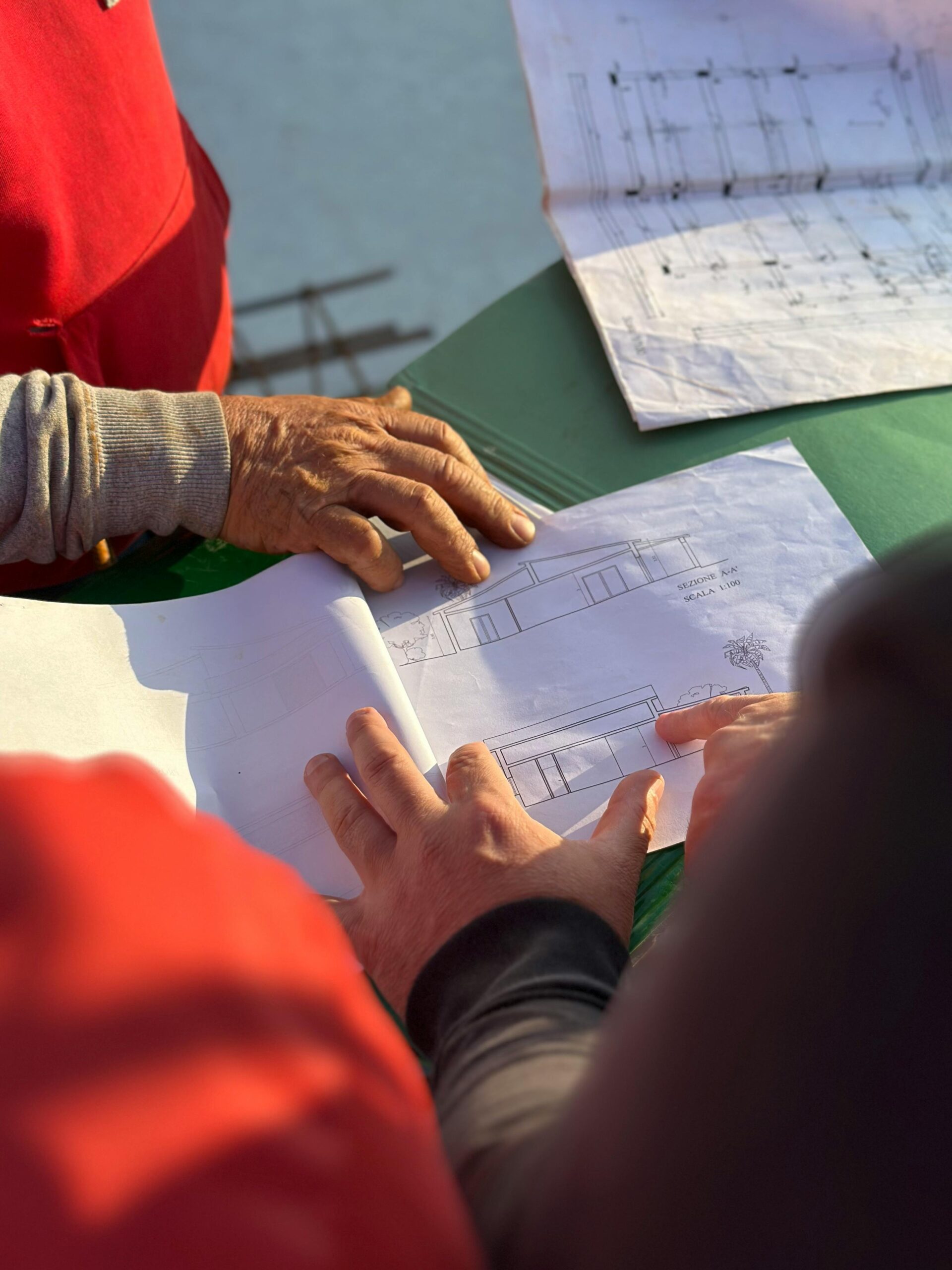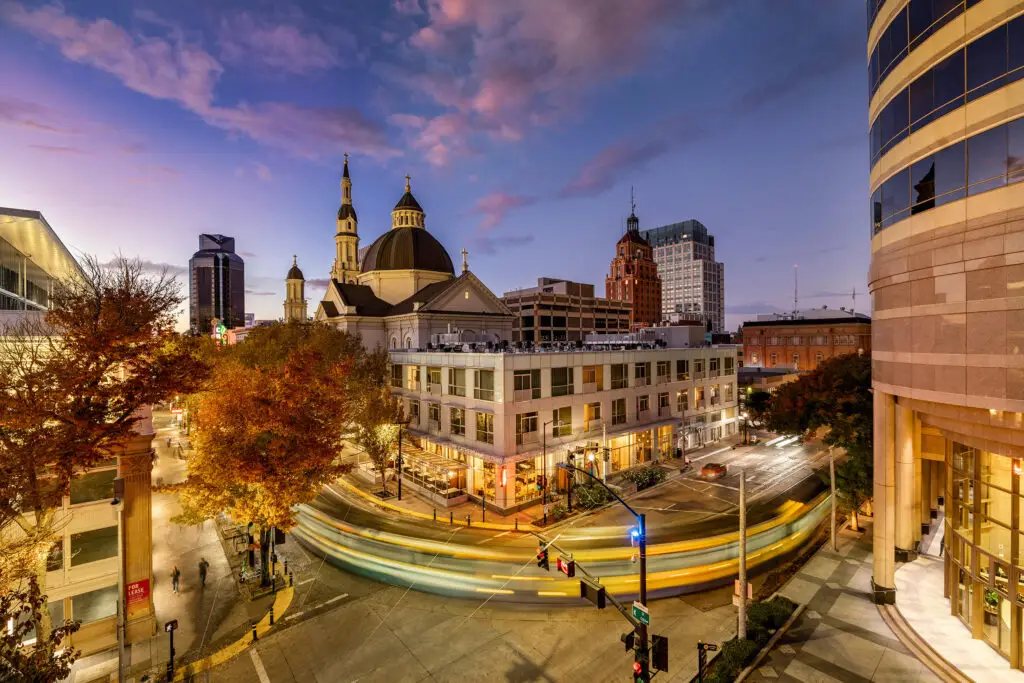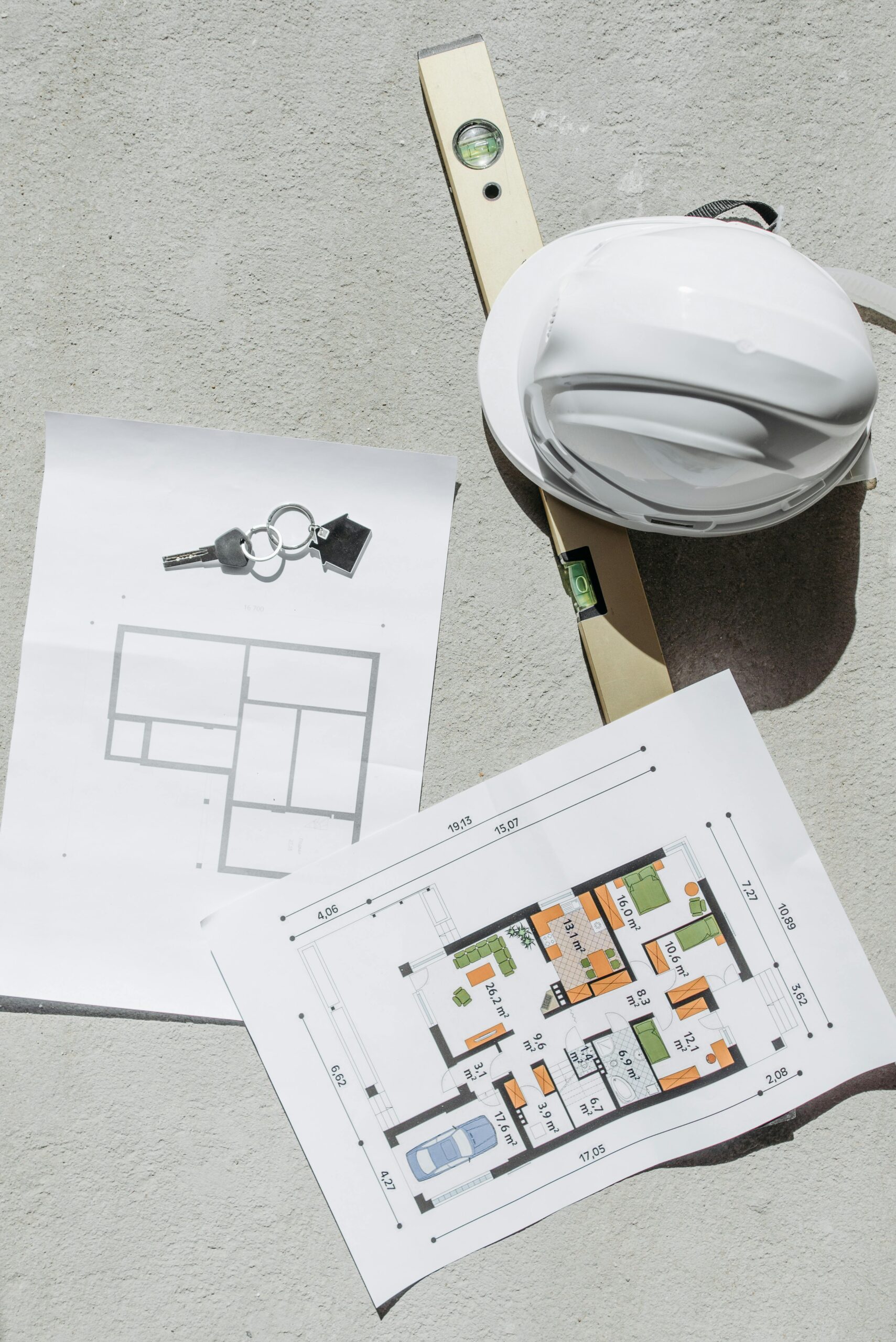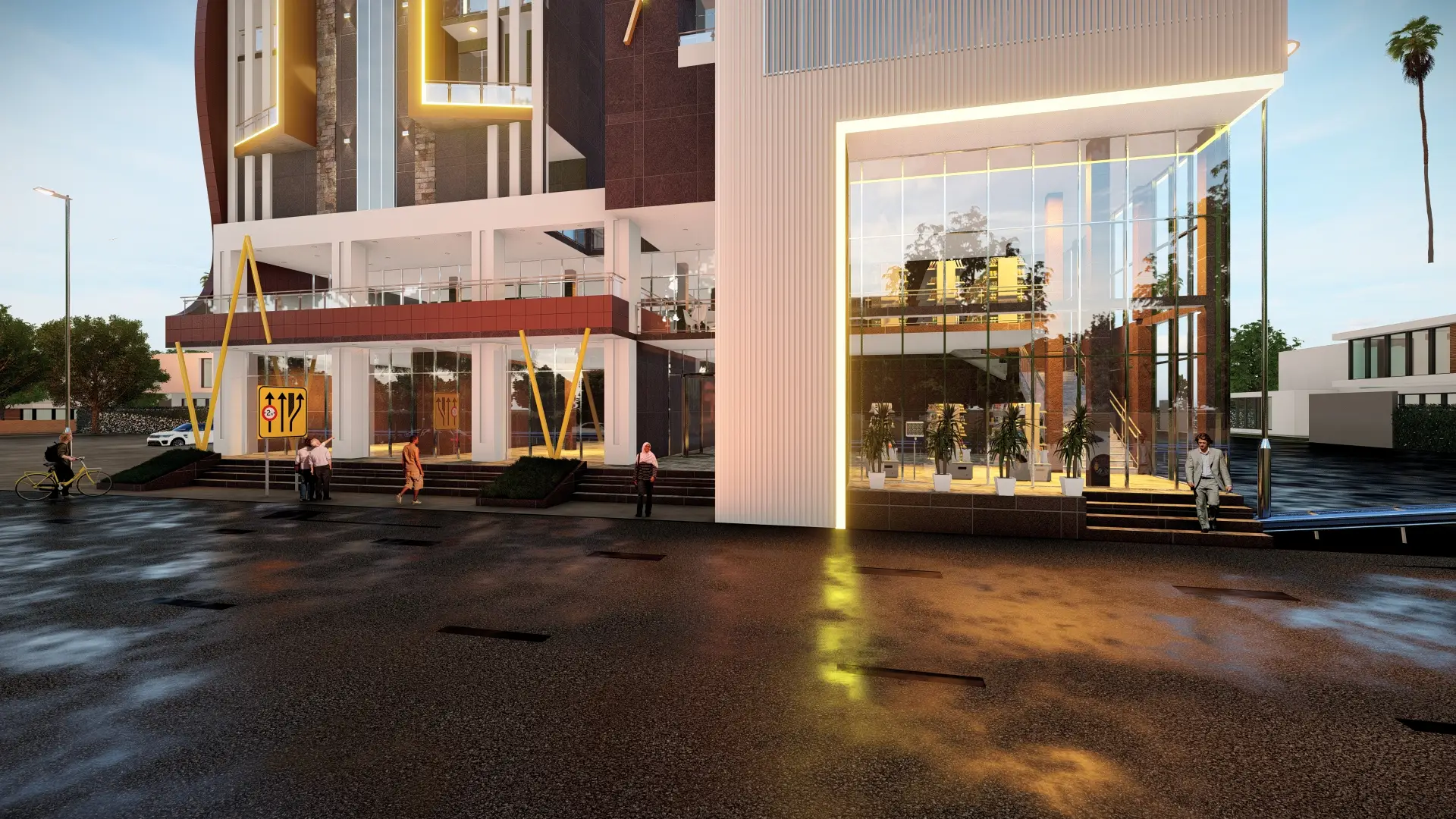Introduction
Architecture is a living narrative, telling stories of culture, innovation, and resilience. In today’s world, blending historic architecture with modern design has become a celebrated approach, preserving the charm of the past while embracing the functionality of the present. This delicate fusion creates spaces that are not only aesthetically captivating but also deeply meaningful.
1. The Essence of Historic and Modern Fusion
Blending historic and modern architecture is about balance. It requires respect for the original structure while thoughtfully integrating contemporary elements to enhance its functionality and relevance. This approach often includes:
- Preserving Original Features: Maintaining iconic aspects like facades, arches, or intricate moldings.
- Adding Contemporary Layers: Incorporating modern materials like glass, steel, or concrete for contrast.
- Highlighting the Contrast: Using juxtaposition to celebrate the old and new rather than masking one or the other.
This method respects history while ensuring the structure meets today’s needs.
2. Benefits of Blending the Old with the New
Why choose to mix historic and modern design? The benefits are as practical as they are artistic:
- Preservation of Heritage: Historic structures are often rich in cultural and historical significance, and their preservation maintains a connection to the past.
- Sustainability: Retrofitting and repurposing existing buildings reduce waste and resource consumption, aligning with sustainable practices.
- Unique Aesthetic: The contrast between old and new creates visually striking spaces that stand out from purely traditional or contemporary designs.
- Community Connection: Preserving historic buildings fosters a sense of identity and pride within communities.
When executed thoughtfully, this design approach becomes a celebration of both legacy and progress.
3. Techniques for Successful Integration
Blending historic architecture with modern design involves skillful planning and execution. Here’s how it’s done:
- Structural Harmony: Ensure that new additions complement the original building’s proportions, scale, and materials.
- Transparent Transitions: Use glass or other transparent materials to bridge historic and modern sections, highlighting both without overshadowing either.
- Minimalist Interventions: Keep modern additions simple and understated, allowing historic features to take center stage.
- Functional Enhancements: Modern upgrades like improved insulation, lighting, or accessibility features ensure the building is comfortable and practical for contemporary use.
4. Iconic Examples of Historic-Modern Fusion
Several architectural marvels showcase how this blending can create something extraordinary:
- The Louvre Pyramid, Paris: The glass pyramid designed by I.M. Pei contrasts beautifully with the historic Louvre Museum, creating a modern entrance that feels timeless.
- Tate Modern, London: A former power station transformed into a modern art gallery, with its original industrial character intact.
- The Royal Ontario Museum, Toronto: A dramatic crystal-like addition designed by Daniel Libeskind seamlessly merges with the museum’s traditional structure.
These examples demonstrate how old and new can coexist harmoniously, pushing the boundaries of design.
5. Challenges in Merging Styles
This design approach is not without challenges:
- Regulatory Hurdles: Historic preservation laws may limit alterations, requiring creative solutions to comply with regulations.
- Material Mismatch: Finding materials that complement both eras can be complex.
- Cultural Sensitivity: Designs must respect the cultural and historical significance of the original structure.
Conclusion
The marriage of historic architecture and modern design is a testament to the evolution of creativity and functionality. It celebrates the past while paving the way for the future, creating spaces that inspire and endure.
Are you inspired by the idea of blending history with modern innovation? Let Villa Engineering & Environment Consultancy Company help bring your vision to life. Contact us today and explore how we can transform your historic property into a timeless masterpiece.











